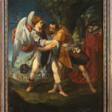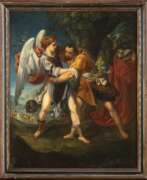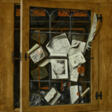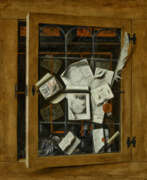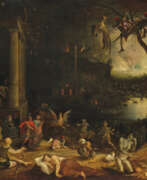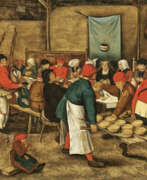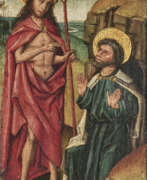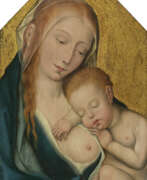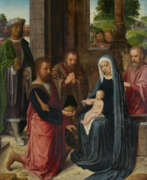Flemish School
.jpg)
Flemish School
The Flemish School was a notable art movement that emerged in the 15th primarily in Flanders and its surrounding regions such as Brabant, Hainaut, Picardy, and Artois. Renowned for its exceptional technical skill and vibrant materialism, this school of art marked a significant period in the history of European painting.
One of the distinguishing features of the Flemish School was its pioneering use of oil paint, which was first popularized by artists known as the Flemish Primitives. This group included eminent painters like Jan van Eyck, Hans Memling, Hugo van der Goes, Robert Campin, and Rogier van der Weyden. Their art originated in the late Gothic period's miniature painting and flourished under the patronage of the Duchy of Burgundy.
As the Italian Renaissance began influencing Flemish painters in the early 16th century, artists like Pieter Brueghel the Elder emerged, who managed to create a distinct style, different from typical Italian Renaissance painting. This period also witnessed the flourishing of Flemish Baroque painting, particularly in the Antwerp school, with masters such as Peter Paul Rubens, Antonis van Dyck, and Jacob Jordaens leading the way.
The Flemish School's subject matter was predominantly religious, and their paintings were characterized by a robust and realistically detailed representation of the world. This was particularly evident in their altarpieces, diptychs, and polyptychs. The works of the Flemish School reflect the region's tumultuous history, including periods of prosperity under the Burgundian dukes, religious crises, civil wars, and the rule of the Spanish kings.
The decline of the Flemish School's cultural significance began following the deaths of major artists like Rubens in 1640 and the end of the Eighty Years' War in 1648. However, a revival of painting in this region occurred with the Belgian Revolution of 1830, influencing more recent artists' categorizations.
Major works from the Flemish School, such as Jan van Eyck's Ghent Altarpiece, and Rogier van der Weyden's Descent from the Cross, can be seen in museums and are revered for their technical brilliance and enduring artistic impact.
If you are an art collector or expert in art and antiques, and wish to stay updated on new product sales and auction events related to the Flemish School, sign up for our updates. This subscription will keep you informed about the latest developments and opportunities in this fascinating field of art history.
| Country: | Flanders, Spanish Netherlands |
|---|---|
| Start of the period: | XV century |
| End of the period: | XVII century |
